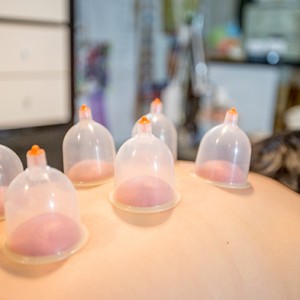You’ve probably heard someone say, “You should try acupuncture for that.” Whether it’s back pain, stress, migraines, or fertility challenges, acupuncture is often recommended—but what does it actually do? Let’s explore how acupuncture works, what it does in the body, and why so many people are turning to this ancient practice to support modern health. Acupuncture in a Nutshell Acupuncture is part of Traditional Chinese Medicine (TCM) and involves inserting very thin, sterile needles into specific points on the body. These points lie along channels called meridians, which are thought to be pathways for the flow of Qi (pronounced “chee”), or vital energy. When your Qi is flowing freely, you feel healthy and balanced. But when Qi is blocked or deficient, symptoms like pain, fatigue, or illness can arise. Acupuncture’s goal is to restore balance and promote the body’s natural healing ability. What Acupuncture Does—According to Both Eastern and Western […]

